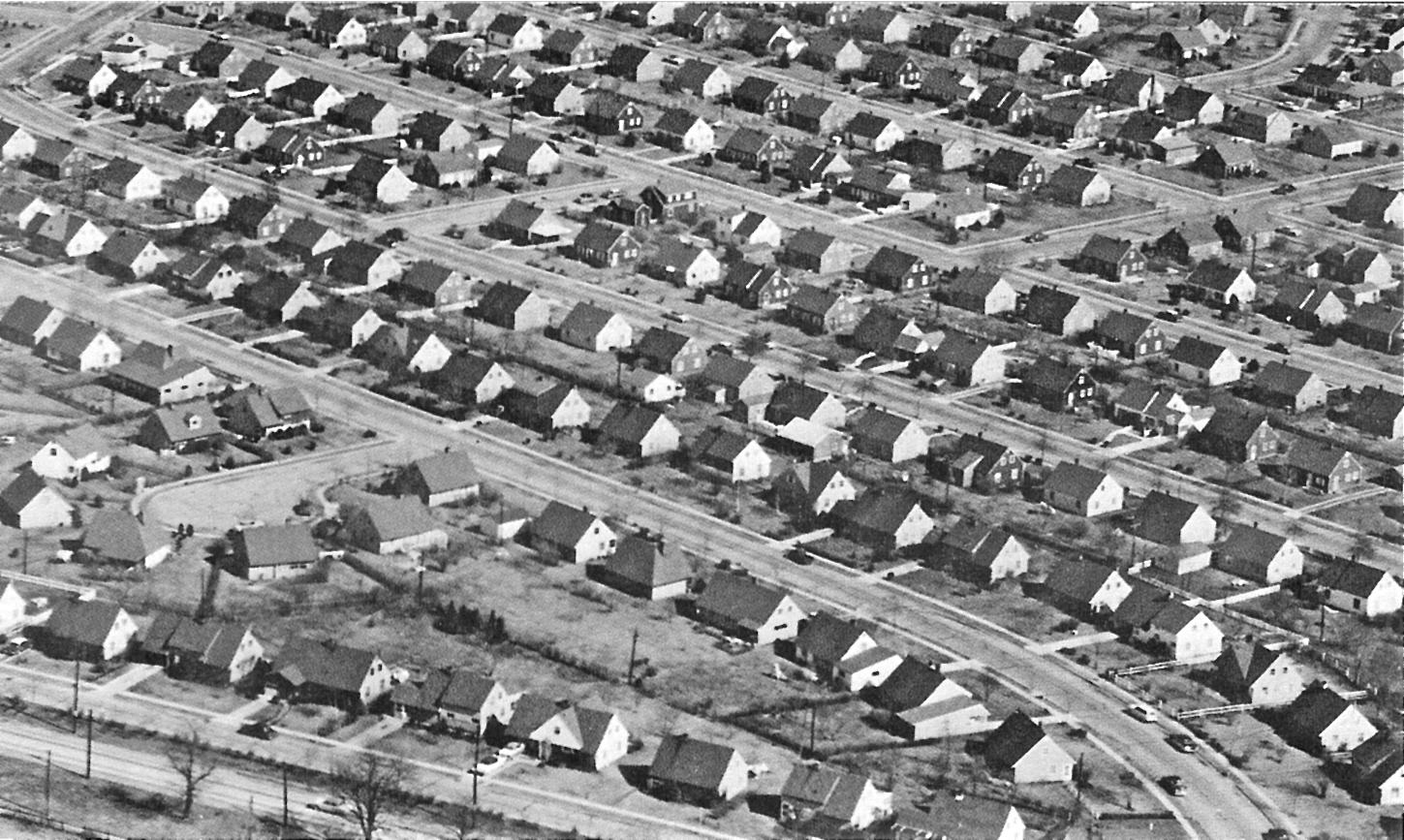During the Post War era, people craved peace, and the chance to get over the sacrifices made in the Great Depression and the Second World War. This led to a huge growth of suburban living. The suburban lifestyle was perfect for the growth of families, and it was more popular than ever for people to have children at young ages, due to their belief that after the violence of the war, prosperity was assured. During the "baby boom" in the mid 1940s, a record amount of 3.7 million babies were born in one year, with a consistent amount of about 4 million babies being born each year in the 1950s. Moving out to the suburbs, and away from the cities was made possible by the popularity of automobiles. At the time, automobiles reached a price that they could be afforded by almost anybody, and contributed significantly to the economy, with one and six workers being employed in the automobile industry. The growth of cars in America in the 1950's was incredible with the growth of 25 million registered automobiles in 1950 to 67 million in 1958. The National Highway System, created by Eisenhower, allowed for greater access to bigger roadways that connected cities and suburbs, making it easy for people to move from their jobs in the cities to their homes in the suburbs, as well as go on vacation and road trips to other places in the country. The rise of consumerism in cars was similar to that of other goods in the 1950's. During this decade, household appliances such as dishwashers, washing machines, refrigerators, etc., were being marketed to the mainstream, and people hurried to buy them in order to "Keep up with the Joneses" or make sure that they had the same luxuries that everybody else in America had. The suburban lifestyle of a family with a wife, husband, and two or three kids, all living in nearly-identicle "box" house was seen as the American Dream. However, this dream was limited to mostly the white middle class. Many African Americans were denied the right to move into these neighborhoods, and remained in urban areas throughout the 1950's.
Below: 1950's box houses
https://paulmullins.wordpress.com/2013/05/07/race-and-suburban-homogeneity-the-flanner-house-homes-and-post-urban-african-america/



I think this is a concise and focused post and I really like how you mentioned that their was still racism across the country and African Americans were not included in this "American Dream".
ReplyDelete